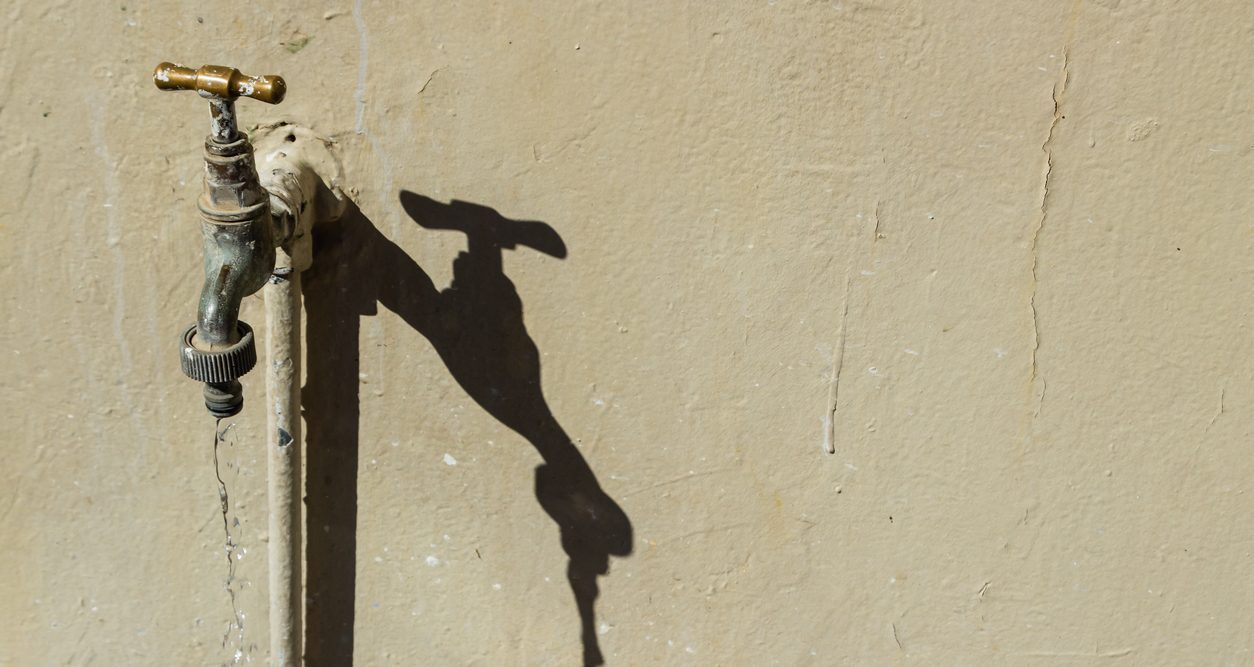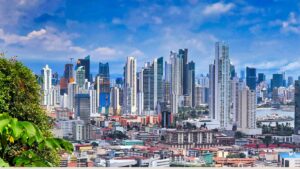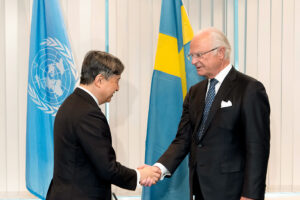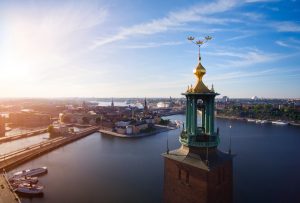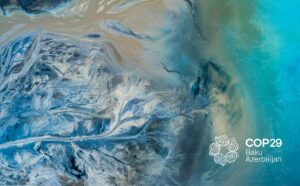How to manage scarcity: the Durban example
The South African city of Durban is at the forefront of experimental ways to deal with water scarcity issues.
A total of five cases were presented during World Water Week’s Sunday sessions on wastewater governance, with the Durban example highlighting the sort of tough decision-making involved. When the apartheid era in South Africa ended in the early 1990s, Durban (or eThekwini) had a relatively well-developed water infrastructure in areas that used to be exclusively available for whites. With the introduction of democracy, there was suddenly a legitimate demand for services from a much greater number of people.
Due to both financial and geographical reasons, decision-makers realized that it is not possible to extend the same level of service to all households in the area. A bold decision was made: to publicly draw a boundary, “the waterborne edge”, inside which water services are supplied and that residents must pay for. Outside the perimeter, alternative solutions are deployed to offer basic services but without the same level or price tag as the full-scale equivalent.
People can move inside or outside this waterborne edge, depending on their needs and financial capabilities. Studies show an increased influx of three per cent and an outflux of five per cent that is attributed to the transparent process of dividing the city in this manner.
eThekwini Water & Sanitation, “the most progressive water utility in Africa”, received the Stockholm Industry Water Award in 2014.
